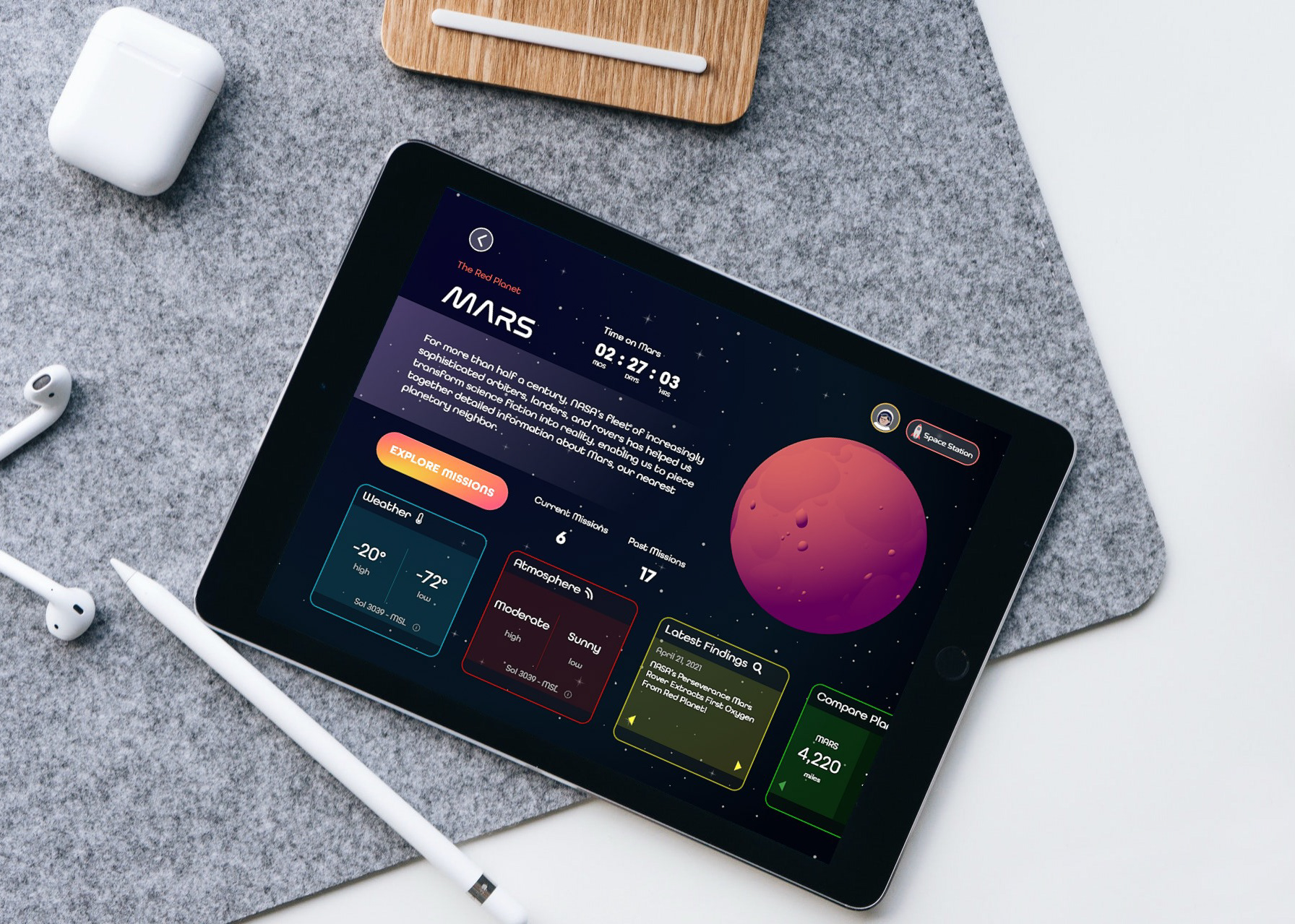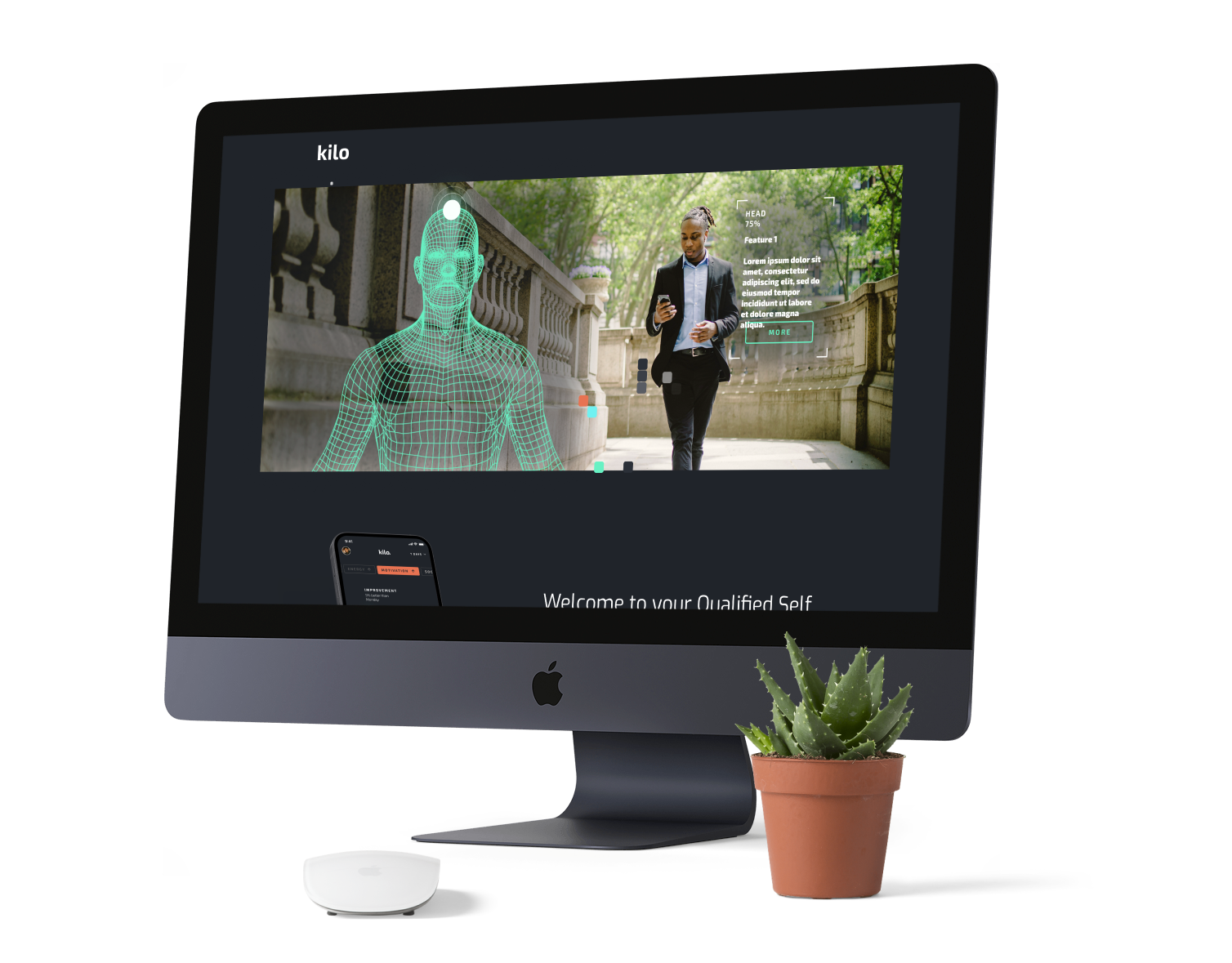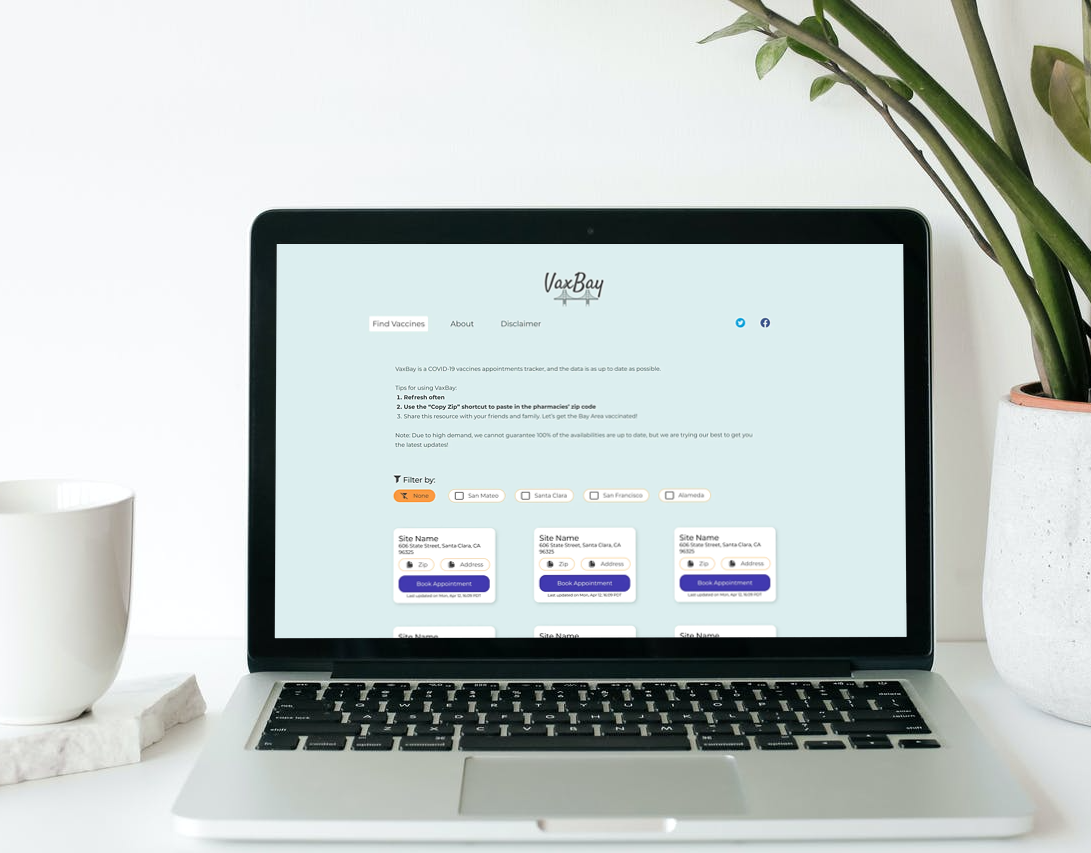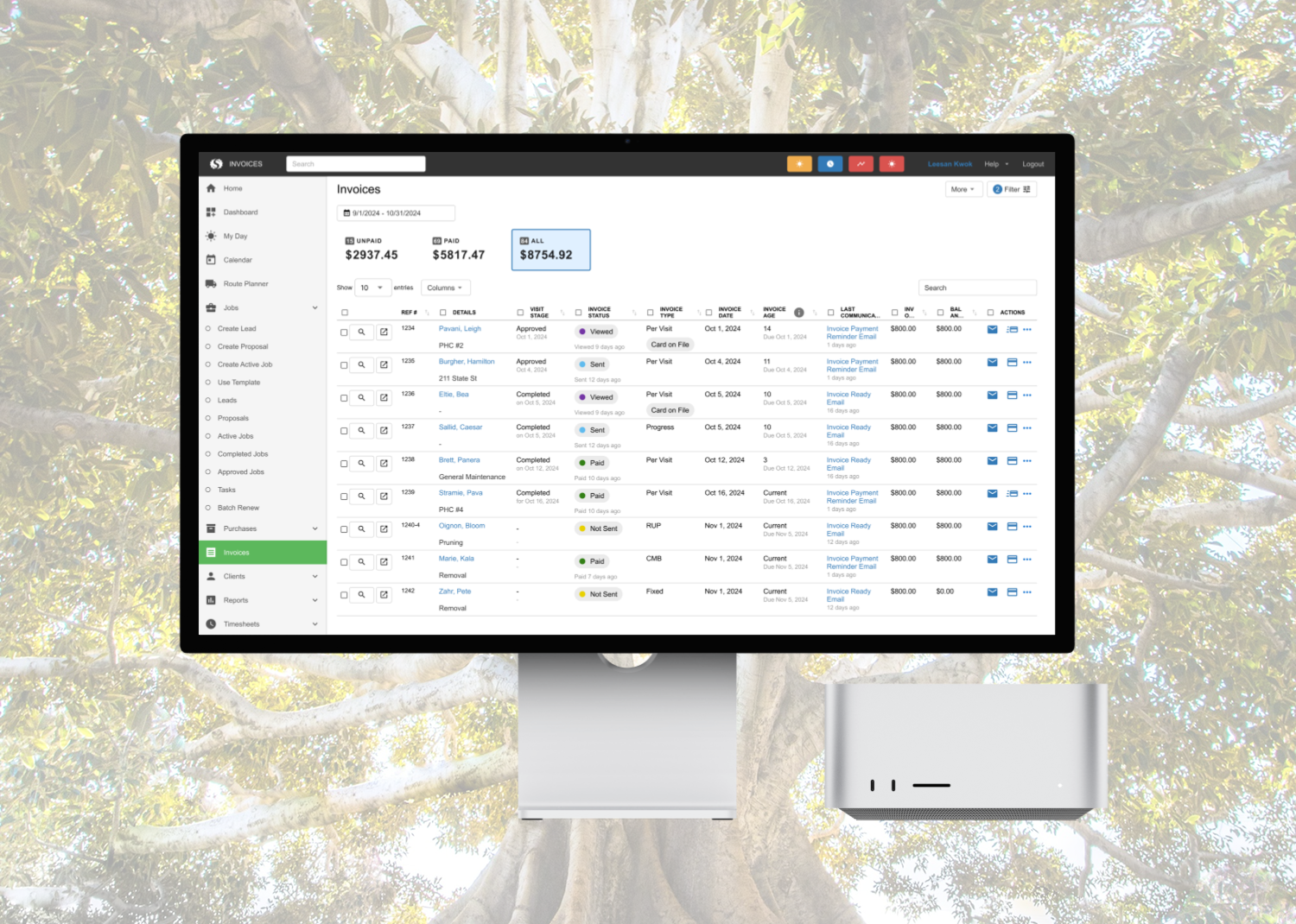Role Designer, Researcher
Duration 2 weeks
Responsibilities 3 user interviews, craft survey questions, synthesize data, create user personas, user flows, journey map, wireframing, animation, visual design, 2 user tests
Contact Tracing in an Individual-Centric Culture
COVID has plagued the world for more than a year.
When presented the opportunity to work on a COVID-related app, my partner, Kristy Wong, and I were immediately steered towards creating a COVID exposure app that focused on contact tracing.
Countries like South Korea and Singapore found success in containing COVID outbreaks through contact tracing apps, so why isn't the US mirroring those efforts?
How do our users feel about data and privacy?
After receiving 50 responses to our survey and conducting user interviews with six individuals, we were able to identify several themes:
1. Users want control over their data
2. Users are willing to give up certain privacies in exchange for services
3. Users want the vaccine as soon as possible
Users report that they are mindful of their data, however in exchange for certain services, they are willing to give up certain privacies.
Even though users are kind of cautious about their data, they would give up their data for services they deem essential or convenient.
We used an affinity map to identify common themes and pain points that came up during user interviews. The highlighted sticky notes played significant roles in informing our design decisions.
Affinity map
The Big Pivot
Users want a COVID contact tracing app to include a map to show them COVID hotspots to avoid.
However, given the rise in violent hate crimes against Asian Americans ever since the beginning of the pandemic, hotspot maps would have the side effect of highlighting low-income and minority neighborhoods and put a target on these already marginalized neighborhoods.
We considered a radius warning system, which would send users a notification when they are a certain distance from a COVID hotspot. However, research indicated that while such notifications may make some users a bit more cautious, they will not necessarily deter user from their destination, even if it is in or near a COVID hotspot.
There is also a cultural element to address. Contact tracing works remarkably well in cultures where people have faith in authority and value the greater wellbeing of society. In a society that is politically polarized, rife with misinformation, distrustful of big tech, and apprehensive about the government, contact tracing simply would not work effectively without mass buy-in.
Our research indicates that contact tracing is not a priority to users, so we decided our focus on something more pressing:
Helping users find vaccination information and giving vaccine distribution sites a way to connect their surplus supplies to people who want a vaccine.
The headlines say it all: people are nothing short of desperate for COVID-19 Vaccines. They are arguably the most sought after item of 2021. People are breaking the law, dropping top dollar, and protesting for them. They are scarce, temperature-sensitive, and the key to international economic and social recovery. Every vial saves a life and must never be wasted.
User Personas
Based on our research, survey, and interviews, we created two personas: Ricky and Rebecca. Both users would benefit from a central depository of COVID and vaccination information that also notifies them of the availability of surplus vaccines nearby.
Ricky | Software Engineer | San Francisco, CA | 25
Working for a big tech firm made Ricky firmly aware of how insecure his personal information is so he actively takes steps to limit the data he puts out on the web. He, like everyone else, wants this pandemic to be over already. Worrying about his mother catching COVID at the grocery store is taking a huge toll on him. It is important that he find a way to make a vaccination appointment for his mom, who is eligible to receive a vaccine. His mom is technologically challenged and doesn’t speak English very well, so she relies on Ricky to help her sign up for government programs.
Problem Statement
Ricky needs a way to help his older mom get vaccinated because she is not tech savvy.
Rebecca | Elementary School Teacher | Modesto, CA | 36 years old
Rebecca is a 36 year old teacher from Modesto. She’s having a hard time teaching remotely because it’s difficult to form deeper connections with her students over zoom. A large portion of her students are DREAMers and have parents in the agriculture workforce, so many of them do not have stable internet access for online learning. Many of her students have gone dark and she is worried about their health and wellness. The only way to get these kids back on track in a structured environment is to go back to school for in-person learning. To do so safely, she needs the vaccine.
Problem Statement
Rebecca needs a way to get vaccinated ASAP because she wants to return to in-person teaching.
Rebecca's journey map represents the emotional cycle that she goes through before and after interacting with the Covax app. The shift from feeling helpless and lost to hopeful and content shows that Covax can solve the frustrating process that is securing a vaccine.
Journey map
Ideation to Prototype
Prioritizing features based on effort and impact, we included the features highlighted in green in our prototype and left the ones in black for phase2.
Our app addressed the following issues that our users are experiencing:
1. Scattered info and data on vaccine sites and sign-ups
2. Connecting people who are not yet eligible for vaccines with surplus vaccines
3. Digitizing vaccine records

Initial sketches to determine layout

Hi-fi prototype created in Figma
Surplus vaccine flow
Prototype
This prototype follows Rebecca's flow. I used a time delay as a trigger for certain screens to demonstrate external actions that occur after a user performs a function. The dashboard can always be accessed via the sidebar.
Addressing Privacy
Since our users expressed concern over data and privacy, we added a process that visually shows users that their data is encrypted.
Users say this visual representation of data encryption made them feel that their data is secure with this app and they feel safe and protected.
Our users want robust privacy and notification settings. The privacy and notification settings gives users options to control how much information the app receives and which notifications they wish to receive.
Calm in the time of Chaos
COVID-related information is overwhelming and can be triggering. State mandates, vaccination phases, and statistics are changing every day. We want to bring our users some order to the chaos by centralizing ever-changing information onto one simple dashboard.
We chose a neutral palette with one highlight color. Earthy blues, greens and grays are naturally calming colors that create enough contrast with light gray and white backgrounds for the app to be accessible. The salmon pink color is used carefully only on elements that require the user's attention. We paid extra attention to creating a straightforward and simple interface that anyone of all technical backgrounds would find intuitive to use.
User Testing + Takeaways
1. Users reported that the language on the onboarding screens felt like instructions so they were trying to complete the actions when there is nothing to really do.
To change that sentiment, we will change the verbiage and add additional indication that makes the onboarding process obvious.
To change that sentiment, we will change the verbiage and add additional indication that makes the onboarding process obvious.
2. Some users tried to click on the tag that indicates the vaccine phase thinking it would show hospitals who are taking people in that eligibility phase. The tags are not clickable right now but we think it would be a great idea to add a filter option to categorize hospitals by the vaccine phases they are accepting.
3. Lastly, users were confused by where to find settings for individual users so to clarify the process, we will add icons that indicate settings on each profile tile.
This project really solidified the importance of user research. Initially, we thought that the vaccine would be our way to collect user data to create a contact tracing function in the app. We had to pivot our focus from creating a contact tracing app to a vaccine and information-centric app to fulfill user needs. Before vaccines were available, contact tracing was one of the most effective ways to limit COVID infections. However, user needs are dynamic and ever-changing, just like COVID times. The existence of the vaccine introduced a better way to limit COVID infections, and therefore naturally shifted user demand from contact tracing to vaccination information.









